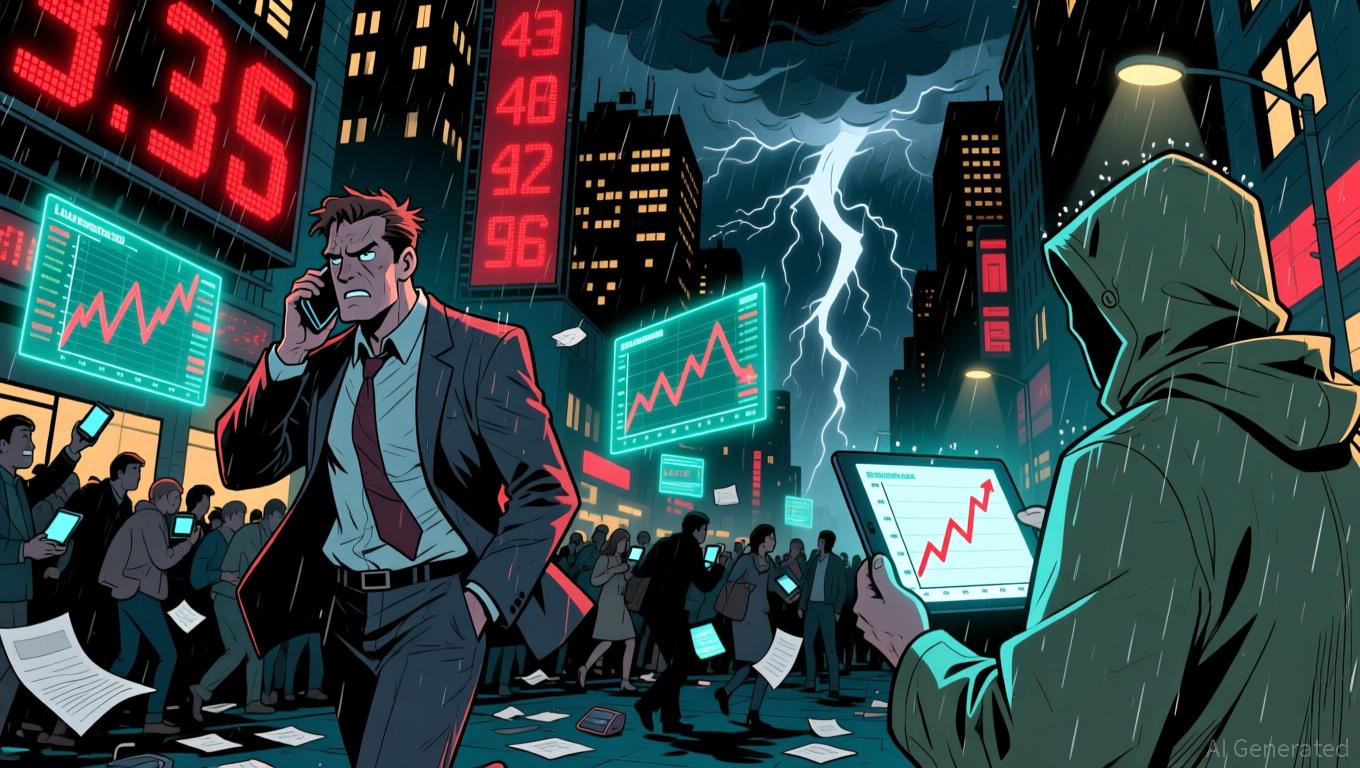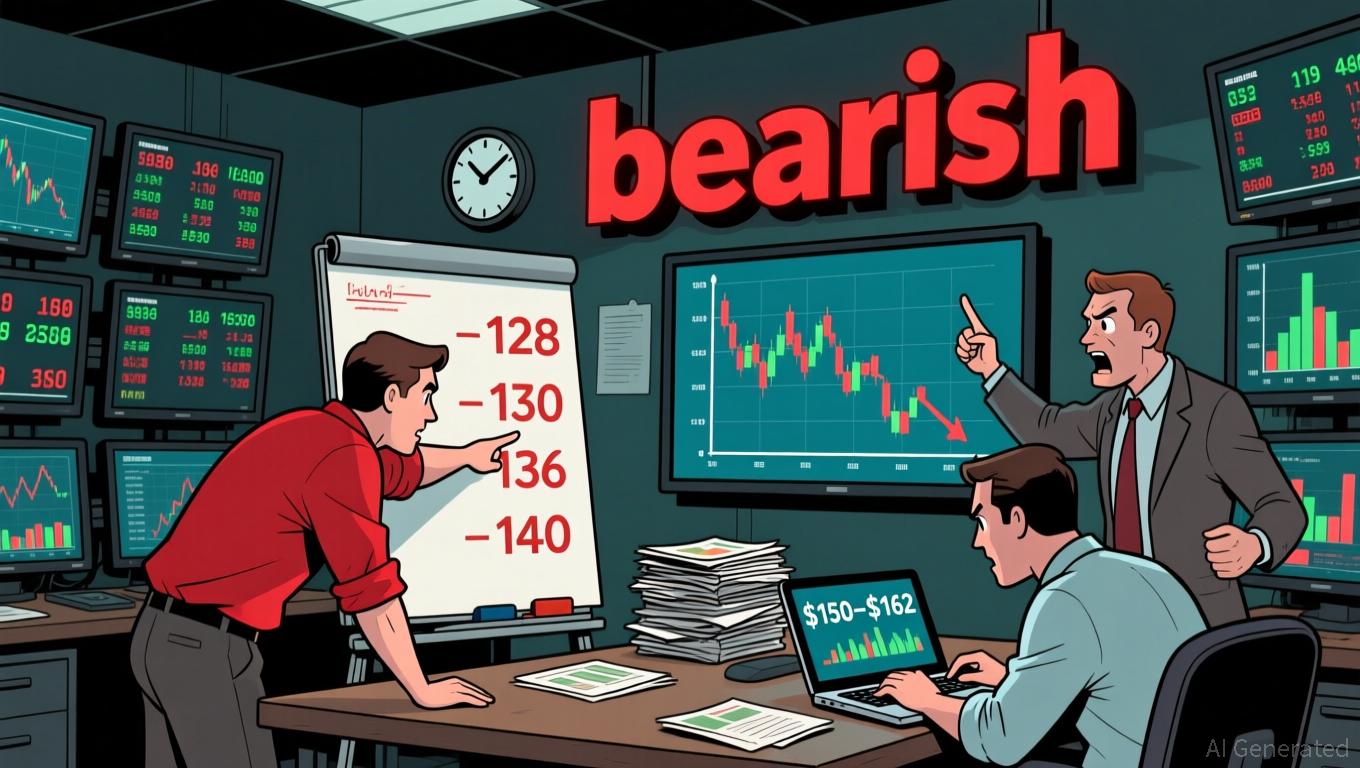- PEPE is trading at $0.054998, a 16.3 percentage point drop last week, which maintained a tight intraday range of price activity.
- The support level of $0.054816 is also important because the token is testing this area each time the token is facing the downward trend.
- The level of resistance of $0.055113 remains the most critical to curtail an upside move and is creating a narrow trading range that defines the short-term sentiment.
Pepe (PEPE) remained weak this week with the token moving down and near its near-term support zone. Its current price is in the range of $0.054998 or it has gone down by 16.3 percent in the last seven days. This pullback was after a time of high volatility which kept the market tied up in the short term levels.
The minor shifts against major assets were also made on the token, 0.0105215 BTC increasing by 0.1 percent and 0.081558 ETH increasing by 1.7 percent. These small changes offered limited relief as traders monitored the narrow price band forming between support and resistance. Notably, this band shaped most intraday activity and defined the market’s immediate structure, setting the tone for the next sessions.
Support Zone Holds as Price Tests Lower Levels
The market concentrated on the $0.054816 support level, which remained a key reference during the recent decline. This level attracted attention because the price hovered near it throughout the week. However, each attempt to stabilize stayed short-lived as the token traded within a tight 24-hour range.
The proximity to support increased caution, especially as selling pressure persisted during short intervals. This pressure kept liquidity focused near the lower boundary of the range, which shaped the broader sentiment.
Resistance at $0.055113 Caps Short-Term Upside Attempts
The upper boundary of the current structure sits at $0.055113, a point that repeatedly limited brief intraday recoveries. Each move toward this boundary met resistance, creating a narrow trading corridor. Consequently, this corridor formed a short-term pattern that guided price expectations.
Moreover, the consistent rejection near resistance showed that buyers struggled to gain momentum. These repeated pauses at the same level highlighted the importance of this threshold for upcoming sessions.
Market Structure Tightens as Traders Watch Reaction Levels
The close alignment between support and resistance created a compressed range that defined the token’s short-term environment. This tightening structure encouraged traders to track how the price behaved around these boundaries. Notably, these reaction levels shaped discussions about possible shifts in market behavior. The ongoing interaction within this narrow zone indicated where attention would likely remain as trading continued.




